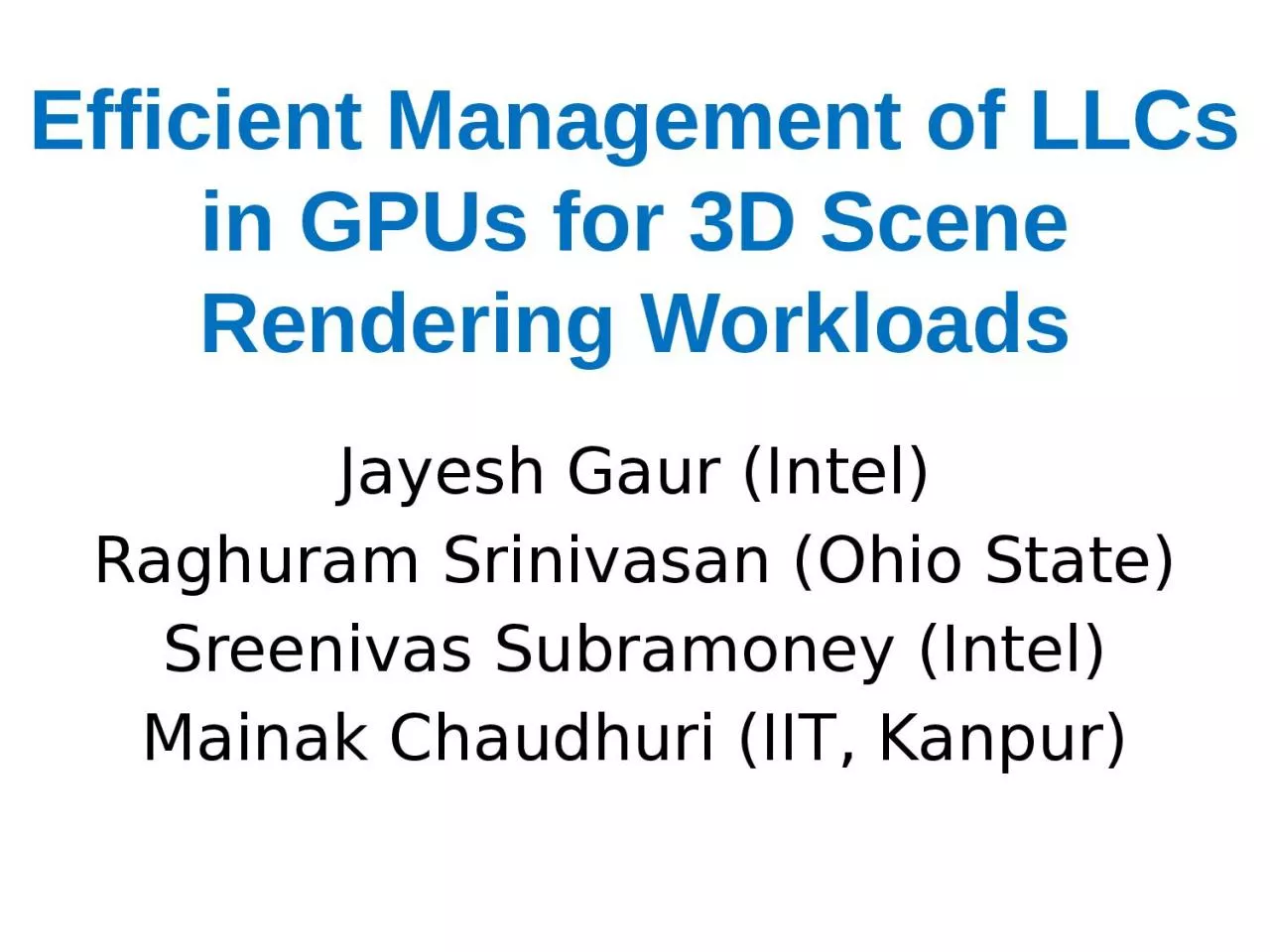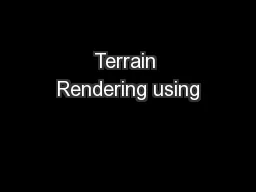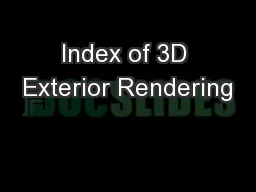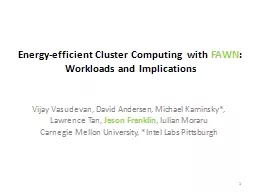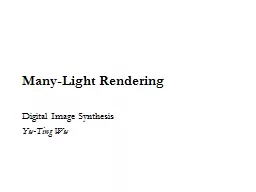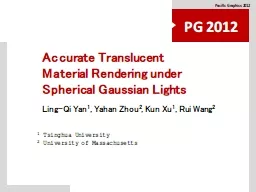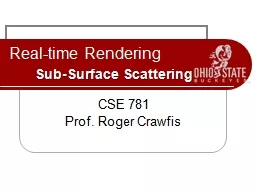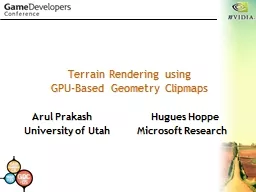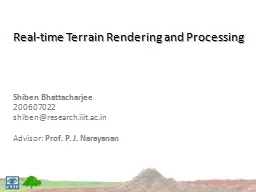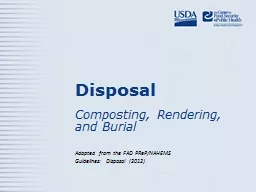PPT-Efficient Management of LLCs in GPUs for 3D Scene Rendering Workloads
Author : leah | Published Date : 2024-02-03
Jayesh Gaur Intel Raghuram Srinivasan Ohio State Sreenivas Subramoney Intel Mainak Chaudhuri IIT Kanpur Sketch Talk in one slide Result highlights Understanding
Presentation Embed Code
Download Presentation
Download Presentation The PPT/PDF document "Efficient Management of LLCs in GPUs for..." is the property of its rightful owner. Permission is granted to download and print the materials on this website for personal, non-commercial use only, and to display it on your personal computer provided you do not modify the materials and that you retain all copyright notices contained in the materials. By downloading content from our website, you accept the terms of this agreement.
Efficient Management of LLCs in GPUs for 3D Scene Rendering Workloads: Transcript
Download Rules Of Document
"Efficient Management of LLCs in GPUs for 3D Scene Rendering Workloads"The content belongs to its owner. You may download and print it for personal use, without modification, and keep all copyright notices. By downloading, you agree to these terms.
Related Documents

